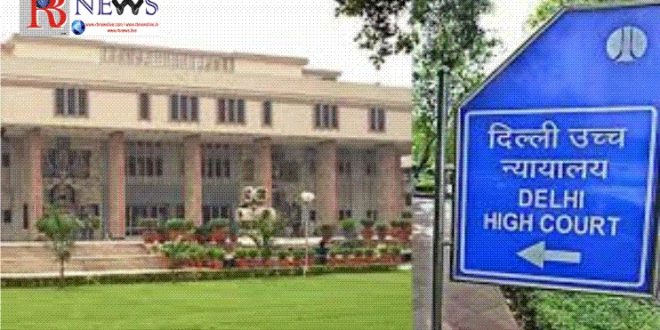The Delhi High Court on Wednesday (September 23) stated that the ancient Tughlaqabad Fort, a monument of national importance reflecting historical heritage, needs to be preserved and freed from all encroachments and illegal constructions.
The High Court noted various encroachments in the Tughlaqabad Fort area, where a large number of families from the lower strata of society have been living for a long time. The court stated that removing illegal constructions would also create humanitarian problems and that authorities such as the Central Government, the Delhi Government, the Archaeological Survey of India (ASI), and municipal bodies need to jointly address the issue.
Directions to remove encroachments near the Tughlaqabad Fort
A bench comprising Chief Justice Devendra Kumar Upadhyay and Justice Tushar Rao Gedela said, “We are of the view that the Central Government, the State Government, the ASI, the Delhi Development Authority (DDA), the Municipal Corporation of Delhi (MCD), and other concerned bodies should survey the area and take a joint policy decision not only to remove illegal encroachments and constructions but also to rehabilitate those who may require removal.” The bench stated that the Tughlaqabad Fort is a protected monument.
During the hearing, the court directed that the secretaries of the Central Government, the Ministry of Housing and Urban Affairs, the Urban Development Department, the MCD, and the Delhi Police Commissioner be made respondents in the case and notices be issued to them.
Historical Buildings to Be Preserved for Future Generations
The bench stated, “The Tughlaqabad Fort is a monument of national importance, ancient, and reflective of our historical heritage. Therefore, it needs to be protected. Therefore, these encroachments and illegal constructions must be removed not only to ensure that the mandate of the Ancient Monuments and Archaeological Sites and Remains Act, 1958, is followed, but also to ensure that our historical heritage is preserved for future generations.”
Hearing petitions related to large-scale encroachments in the Tughlaqabad Fort area, the court stated that the purpose of the Act is quite clear: to protect history and heritage. During the pendency of these proceedings, various kinds of helplessness have been expressed by the ASI as far as removal of encroachments is concerned.
 RB News World Latest News
RB News World Latest News






